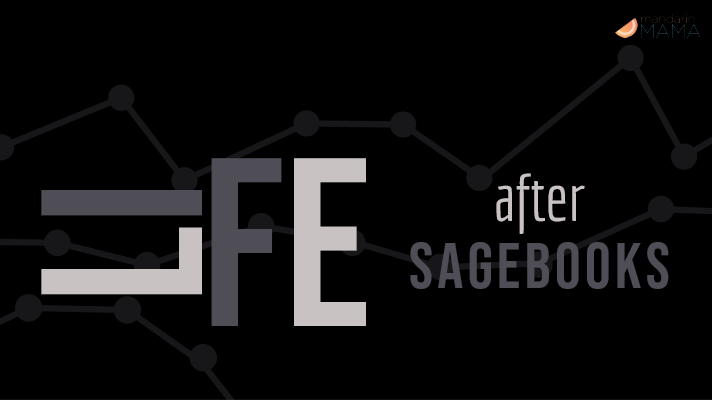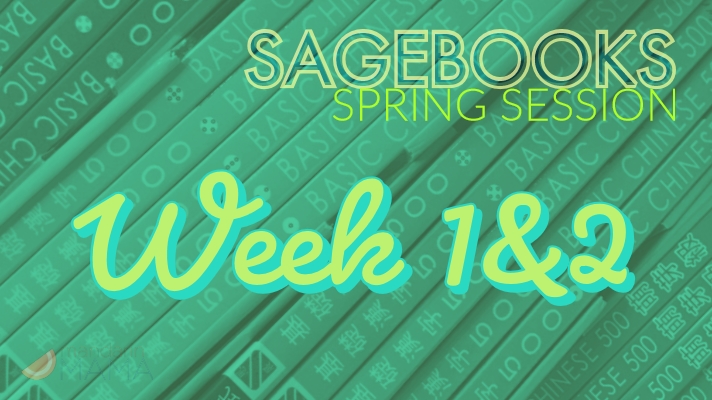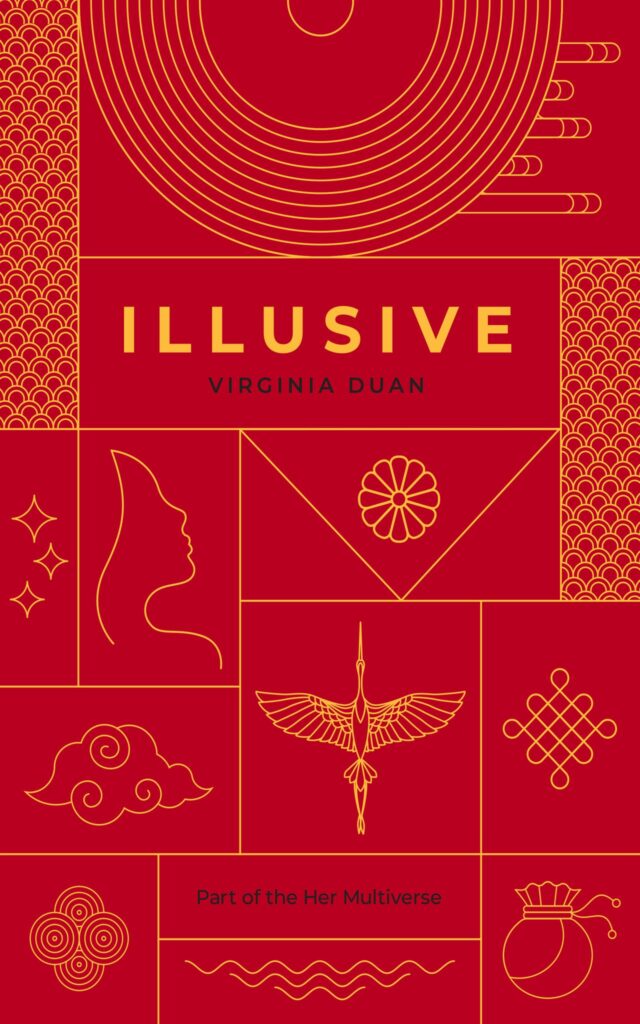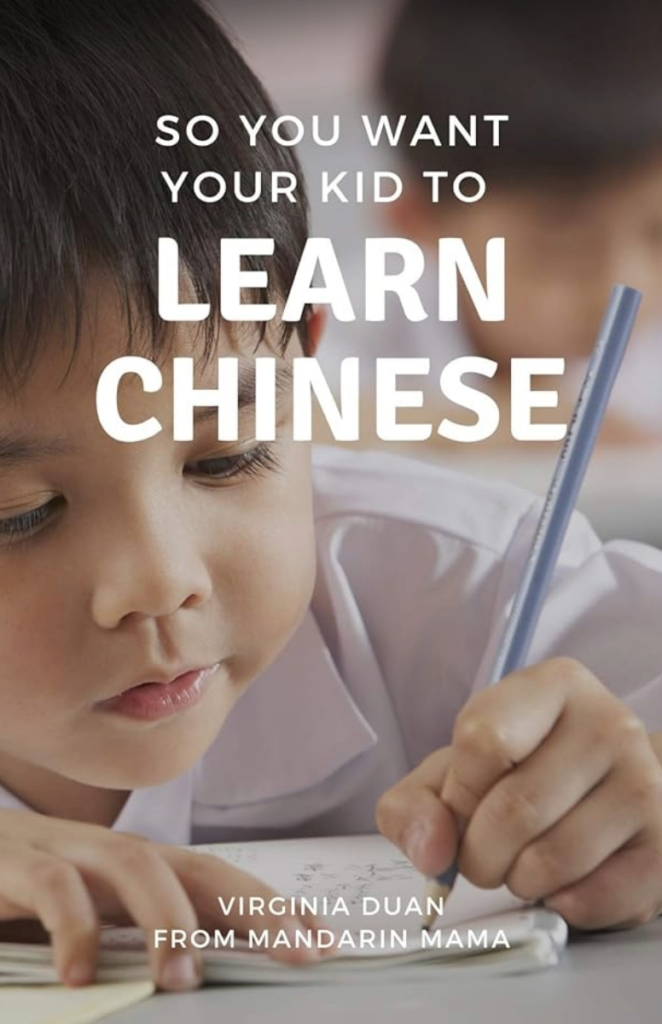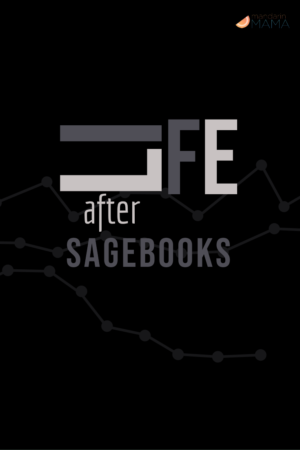
This post was sponsored by Sagebooks. All opinions are mine and mine alone.
Friends, that long awaited day has finally come to pass. You’re both relieved, excited, and ridiculously proud of yourself (as you should be). However, you’re also a little bit worried. Why? Because we can never just let ourselves bask in our accomplishments for more than a tiny moment.
You’re done with Sagebooks. Now what?
If you’re considering Sagebooks as a curriculum and haven’t yet bought it, you may find this article more useful.
As you may have noticed, Glow Worm (~6) and I are almost done with the Sagebooks curriculum. This will mark the THIRD time I’ve finished Sagebooks curriculum in five years. As a result, I may have some advice on what to do after you’re done with Sagebooks and want to continue on the path towards Chinese literacy.
Sadly, it does require effort. But you CAN outsource a lot of it if you’re lazy efficient like I am. I’ll leave it up to you to decide which parts to outsource and which parts to shoulder (and sacrifice your sanity for).
And with that excellent segue, I bring you the following quality contents.
What to do after Sagebooks?
Before I continue, I’d like to remind my dear readers that there are multiple paths to Chinese literacy. Just because I have chosen a certain route for my hordes of children doesn’t mean that you, too, must do the same.
We are all different people with different values and resources and opinions. You know yourself and your children best.
Alright. With that requisite disclaimer out of the way, we shall continue.
1) Make use of the supplemental materials provided by Sagebooks
What’s that you say? More product placement? I mean, they are sponsoring this post. If it helps, I own all of these products and I bought them prior to this sponsorship. (Full disclosure: I purchased all products except the Sagebooks 500 study cards and Treasure Box activity cards which were sent for review purposes because they did not yet exist when I bought everything otherwise I would have bought it at the time, too.)
What are these supplemental materials and do you need them?
Yes.
In particular, you need the Treasure Boxes that are companions to the regular series. Don’t believe me because you think I’m a corporate shill? Very well, trust Guavarama who has ZERO vested interest in this debate.
The Treasure Boxes are particularly helpful because they introduce a few more characters per book, but most importantly, they build on the characters your children just learned. So, Treasure Box Set 1 uses only characters taught in Set 1 (with a few bonus characters). Your child will grow in confidence and see that Chinese can be immediately applicable. It carries over the philosophy of Sagebooks into “actual” books vs the “text” books of the regular sets.
In addition to the Treasure Boxes, Sagebooks also has a comic series, idioms, synonyms and antonyms, and a Chinese zodiac collection. These books feature many kinds of illustrations and artistic styles – and can be used during or after finishing the Sagebooks curriculum.
I personally prefer the comic series most out of these – but they all have value. The idioms are also age-appropriate and offer kid-friendly examples to explain the meaning (which was helpful to me as an adult). Many of these sets come only in Traditional, but if that’s your preferred script, I would definitely buy them.
2) Use additional curriculum.
As of this writing, Sagebooks doesn’t have curriculum for 500+ words so until they come out with later sets (trust me as I pray for this fervently), you will have to try other curriculums. Truthfully, there are so many quality curriculum sets out there that you really can’t go wrong with them. I highly recommend going to CHALK Academy’s blog for her excellent reviews and comparisons.
Personally, I have only used the Greenfield I Can Read Series and it was not for me. However, I do still have my children read through them because I find them useful as readers and for general reading practice.
I have also used KangXuan’s workbooks and a variety of Chinese comprehension readers/workbooks that you can find in Taiwanese stationery stores. (They’re akin to the readers you can buy to improve your kids’ English comprehension.) Like all things, these products are only as useful as you USE them. Let’s just say I have not used them to the fullness of their potential because I’m a failure of a human being.
3) Read Read Read
Truly, there is no way to improve Chinese literacy without putting in the work of actual reading. Whether you are reading to your child to increase Chinese comprehension or making your child read Chinese books as much as they are able, your children cannot become literate without practicing literacy.
This is the number one advice for teaching children to read in any language because sometimes, there is no substitute for the actual doing.
But What should They Read?
I’m so glad you asked. I would tell you, but I’m terrible at this. If you want, you can pull up a bunch of my book reviews, but I stopped doing them because it was a lot of work and quite frankly, you know how I feel about work. For your convenience: Chinese books for beginners and Chinese chapter book reviews.
However, if you want a much better book list, I highly recommend Guavarama’s because she is everything that is awesome.
4) Hire a tutor
Look, if you’ve been following me for any amount of time, you know that I suffer from what my husband calls Rich Girl Syndrome. If I can throw money at it then I will. Why? Because I know myself and my children and in this last decade of parenting, I have finally accepted that I am best as a facilitator and not as a direct teacher.
Oh, I guess I still teach my children things in that I make them do things as I sit there and grunt appropriately according to social cues. But for actual teaching of characters and Chinese-y things? I outsource all formal Chinese learning.
5) Teach Zhuyin
Hear me out.
I’m not saying ONLY teach zhuyin. Pinyin is very useful – especially for older children and non-native speakers. But the primary reason to teach your child zhuyin – regardless of whether they know Simplified or Traditional scripts – is to bridge the ever-widening gap between interest and character recognition.
For those who do not know what it is, zhuyin is a standardized phonetic form to transcribe the Mandarin pronunciation of Chinese characters. Created and used in the 1910s in both China and Taiwan, China switched to pinyin in the 1950s.
Why zhuyin instead of pinyin?
Ah, friends. Pay attention. It’s not an either or. It’s an and.
Are there books with pinyin? Yes. But since children in China need to know more characters at an earlier age, there are many more books with zhuyin available because there is a huge market for them in Taiwan. If you’re looking for books with pinyin that your child will find interesting, they are much fewer and far between.
And if you’ve ever tried to get a kid to read something they’re uninterested in, you’ll know that it’s an exercise in futility. Zhuyin is a convenient way to make available an entire world of fun books that your children would otherwise not be able to access until they’re fully literate and likely, too old.
I understand why many people choose to skip this step – it seems like extra work in an already pressurized situation. Do I think children can be fully literate in Chinese without learning zhuyin? OF COURSE. Kids in China do all the time – but they are literally immersed in Chinese. As for non-Chinese dominant environments, I’m sure it happens enough – but the likelihood decreases by A LOT.
Alright. I’m done.

